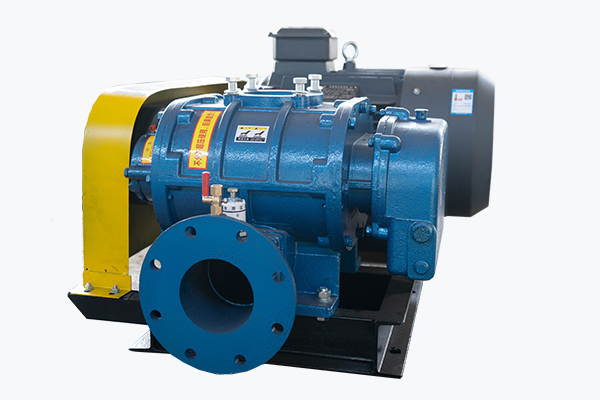Setting Apart Aquaculture Aeration Roots Blowers: Unique Features for Water Quality Enhancement
2024-04-08
In the realm of aquaculture, where the delicate balance of water quality directly impacts the health and productivity of aquatic organisms, aeration systems stand as vital tools. Among these systems, aquaculture aeration roots blowers play a distinct role, tailored specifically to meet the unique demands of fish and shrimp farming operations. In this blog, we'll delve into the distinguishing features of aquaculture aeration roots blowers that set them apart from other types of blowers used in different industries.
Understanding Roots Blowers in Aquaculture
Roots blowers, also known as rotary lobe blowers, are positive displacement machines designed to generate airflow by trapping and displacing air through a pair of counter-rotating lobes. While roots blowers find applications in various industries, including wastewater treatment, pneumatic conveying, and chemical processing, their adaptation for aquaculture aeration introduces specific design features tailored to the unique requirements of fish and shrimp ponds.
1. Corrosion Resistance
Aquaculture aeration roots blowers are constructed using materials specifically chosen for their resistance to corrosion in aquatic environments. Stainless steel components and coatings are commonly employed to protect against the corrosive effects of saltwater, freshwater, and chemical additives used in aquaculture operations. This corrosion resistance extends the longevity of the blower and ensures reliable performance in harsh aquatic conditions.
2. Water Intrusion Prevention
Unlike blowers used in other industries, aquaculture aeration roots blowers incorporate specialized seals and housing designs to prevent water intrusion into critical components. Water ingress can lead to damage and operational issues, compromising the performance and reliability of the blower. By implementing robust sealing mechanisms and ingress protection measures, aquaculture blowers withstand exposure to moisture and maintain optimal functionality over extended periods.
3. Low Noise Emissions
Aquaculture operations often coexist with sensitive aquatic ecosystems and residential areas, necessitating the minimization of noise pollution from aeration equipment. Aquaculture aeration roots blowers are engineered to produce low noise emissions, employing sound-dampening materials, precision-balanced rotors, and vibration isolation techniques to attenuate noise and vibration. This ensures a quieter and less disruptive operating environment, minimizing stress on aquatic organisms and neighboring communities.
4. Energy Efficiency
In aquaculture, where operational costs can significantly impact profitability, energy efficiency is a key consideration in equipment selection. Aquaculture aeration roots blowers are optimized for energy efficiency, employing advanced motor designs, aerodynamic profiles, and variable speed drives to minimize power consumption while delivering the required airflow. This lowers energy expenses and reduces the environmental footprint of aquaculture operations, aligning with sustainability objectives.
5. Adaptability to Variable Loads
Aquaculture ponds exhibit dynamic conditions, with fluctuating stocking densities, water temperatures, and oxygen demands. Aquaculture aeration roots blowers are designed to adapt to variable loads, with adjustable operating parameters and turndown capabilities that match airflow output to changing requirements. This ensures efficient aeration performance across a range of operating conditions, optimizing oxygenation and water quality management in fish and shrimp ponds.
Conclusion
In conclusion, aquaculture aeration roots blowers stand out from other types of blowers used in different industries due to their specialized design features tailored to the unique demands of fish and shrimp farming operations. From corrosion resistance and water intrusion prevention to low noise emissions, energy efficiency, and adaptability to variable loads, these blowers are engineered to enhance water quality, promote aquatic health, and support sustainable aquaculture practices. By harnessing the capabilities of aquaculture aeration roots blowers, aquaculturists can optimize their operations and contribute to the growth and resilience of the global aquaculture industry.



